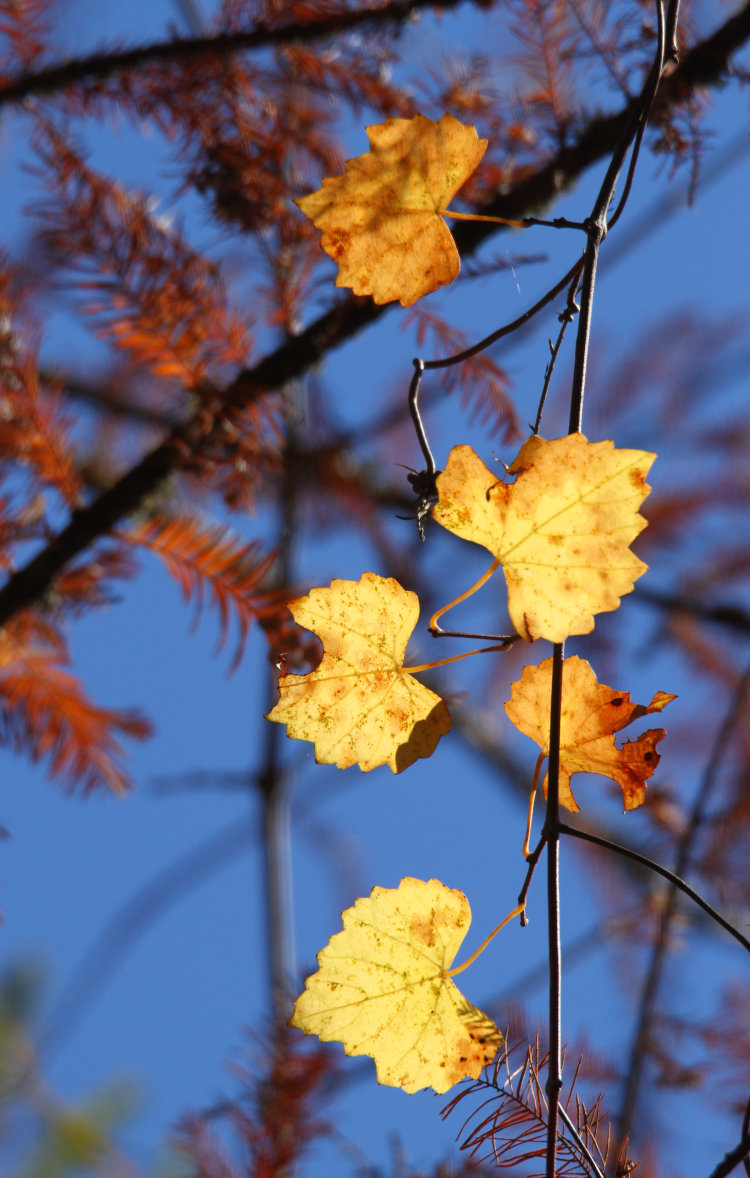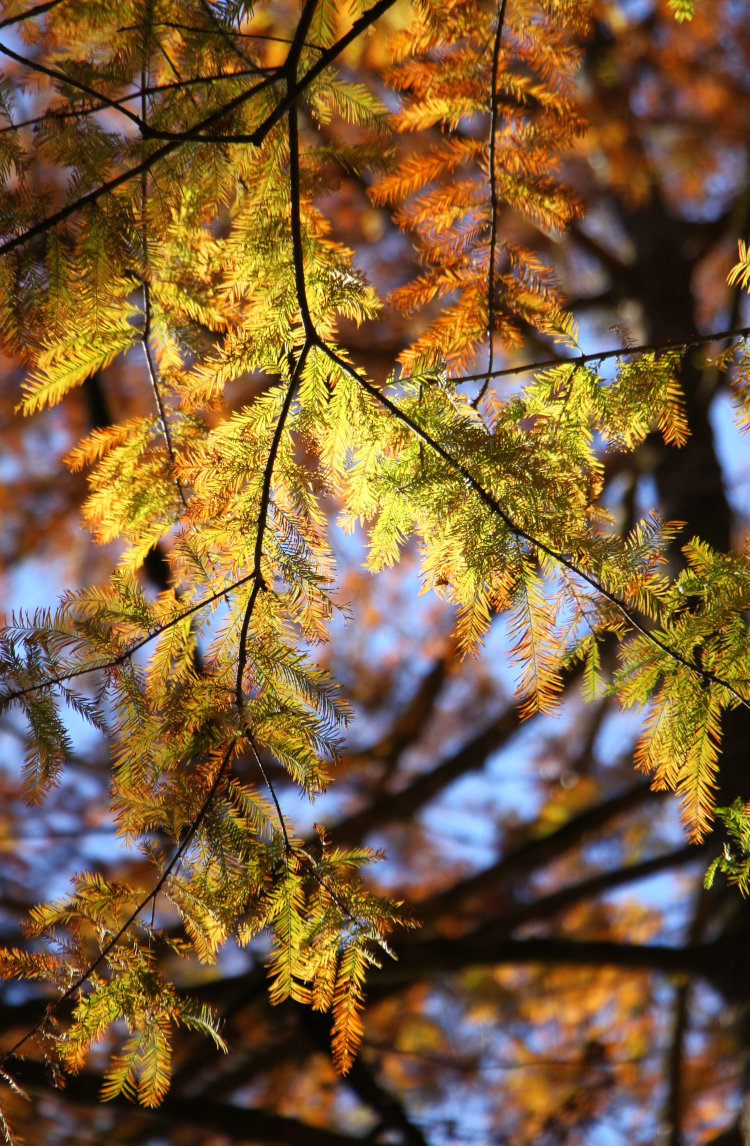I don’t have to tell you that today is Harvest The First Of The Citrus From The Greenhouse Day, because I’m sure you’re already deeply involved in this yourself. We’ve been watching the lemons and the Key limes developing, wondering how many would be ready for the holiday – it wasn’t a huge haul, certainly not the bulk of what’s out there, but it’s a nice start.
The two Key lime (Citrus × aurantiifolia) trees are slowly turning, most of them not quite there yet:

I have to say, these trees have been trying to outdo themselves, and you can see here the new flower buds right alongside fruits that aren’t quite ripe yet – Key limes turn a bit yellowish when they’re ready, and pop free easily from the branch. We have dozens that are on their way.
The two lemon trees, however, are rather disparate, and don’t ask me for a species because they were unidentified when we got them and I haven’t been able to pin it down yet. [EDIT: They are likely Meyer lemons, Citrus × meyeri – seems to be a good match.] One spent the summer too close to the outside of the greenhouse when we had the heat wave, we think, and lost many of its leaves right when it should have been developing the fruit, so only one branch has lemons and they’re developing slowly.
The other, though…

The other produced so many lemons that it cannot actually bear the weight of them and is drooping like a weeping willow – nonetheless, they’re all healthy-looking and just before peak ripeness. I was tugging, and most of them aren’t letting go easily, so we’ll let them develop a little longer yet.

Seriously, a few of the branches had to be supported on a plastic crate because we’re afraid they’ll simply rip off on their own. This one always seems to do this, and right after the harvest I intend to trim the branches shorter and hopefully get it to grow a bit thicker and heftier.
So right now, the lemon harvest was sparse, though we have no recipes yet picked out for them so no rush, really.

The Key limes have a couple of different recipes waiting though, and probably more with a little poking around on the webbernets, so I set about prepping today’s harvest to have ready – they’re not enough for more than one recipe, if that, but we can freeze the juice and zest in preparation rather than having them dry out while we wait for enough to ripen.

Key limes aren’t big at all, and I suspect the heatwave kept these a little smaller, but they’re otherwise fine, so I started off getting the zest from them all and producing hand cramps – have to suffer for your art, after all.

Then the juicing, a bit easier. I’ve tried those specialty juice presses you find in housewares stores and I’m unimpressed – the old-fashioned juicers work best, and make it easier to snag out the seeds as you go (of which all of these trees produce in abundance, the lemons especially.)

And then ready for the freezer. This little silicone tray has ‘cubes’ in roughly one teaspoon sizes, so easy enough to measure for a recipe. The zest is frozen with water so it won’t dry out in the freezer, though we’ll probably bag these one they’re solid anyway.
Now, what to do first: the standard Key lime pie, or a Key lime pound cake? Decisions, decisions…



























































































